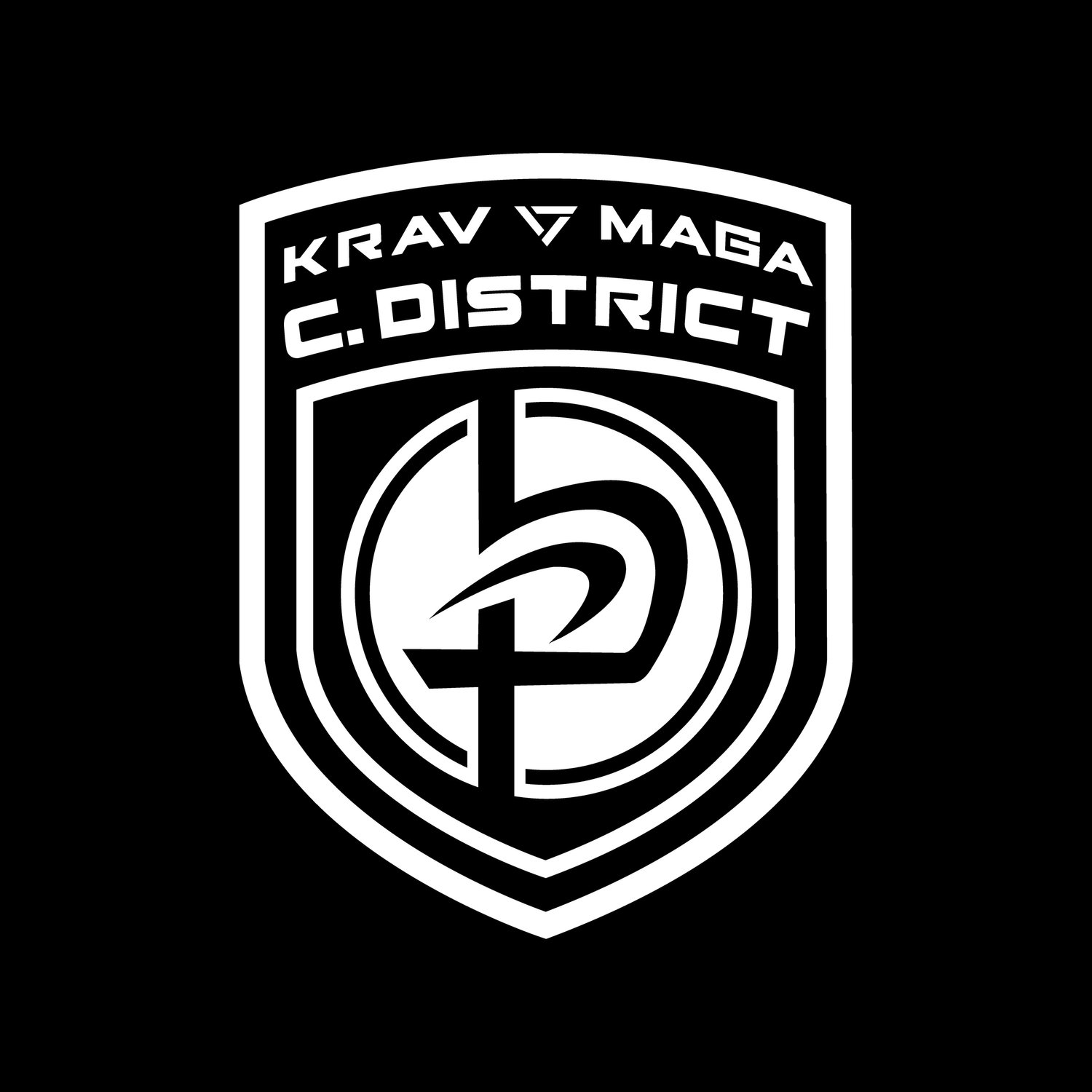Krav Maga Self-Protection Is a Life Skill
Some skills are considered essential. We teach children to swim, to ride bikes, to call 911. We learn CPR and keep Band-Aids in the car. These are not hobbies. They are baseline tools for surviving the world. So why is self-protection treated differently?
We assume that violence is rare, unlikely, distant. And often it is. But not always. And not for everyone. Just as swimming becomes urgent only when the water rises, self-protection becomes vital the moment it is too late to learn.
Krav Maga addresses this directly. It is not a sport, not a ritual, not performance. It is designed to teach people how to protect themselves under stress and in real-life environments such as on concrete, in parking lots, in stairwells, and with no warning and no rules. It trains the body to move instinctively and the mind to stay sharp under pressure. The movements are simple. The purpose is not.
What makes Krav Maga especially valuable is that it combines practical skill with physical conditioning. It is what you might call purposeful fitness. Each punch, kick, block, or escape serves a dual function: building strength and preparing you for real risk. There is no wasted movement. There is no pretending.
Like swimming or basic first aid, Krav Maga is not something you learn just for sport. You learn it so that, one day, if the unexpected happens, you know what to do. That knowledge, embodied, tested, and practiced, might be the most important thing you carry with you. Not just confidence. Capability.

